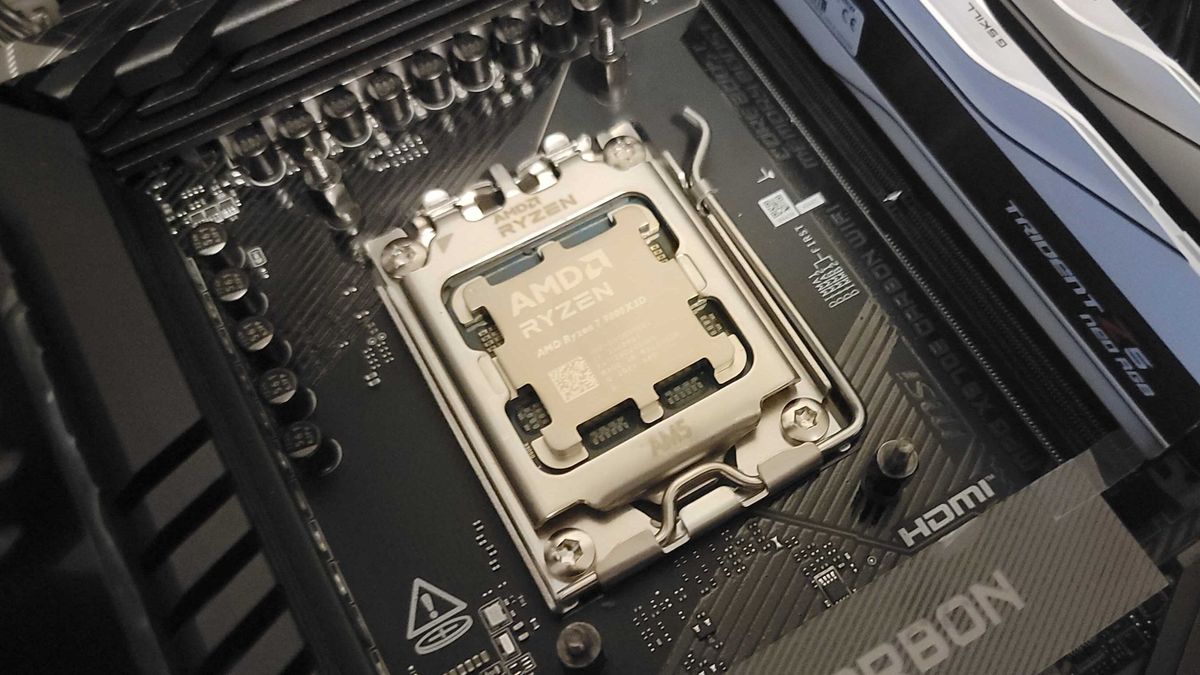The new Bentley Continental GT was already an imposing figure before this one left the factory in Crewe clad in dark satin paint and devoid of the usual chrome. And under the bonnet—or hood, if you prefer—you'll no longer find 12 cylinders. Instead, there's now an all-new twin-turbo V8 plug-in hybrid powertrain that offers both continent-crushing amounts of power and torque, but also a big enough battery for a day's driving around town.
We covered the details of the new hybrid a bit after our brief drive in the prototype this time last year. At the time, we also shared that the new PHEV bits have been brought over from Porsche. There's quite a lot of Panamera DNA in the new Continental GT, as well as some recent Audi ancestry. Bentley is quite good at the engineering remix, though: Little more than a decade after it was founded by W.O., the brand belonged to Rolls-Royce, and so started a long history of parts-sharing.
Mind if I use that?
Rolls-Royce and Bentley went their separate ways in 2003. The unraveling started a few years earlier when the aerospace company that owned them decided to rationalize and get itself out of the car business. In 1997 it sold the rights to Rolls-Royce to BMW, or at least the rights to the name and logos. Volkswagen Group got the rest, including the factory in Crewe, and got to work on a new generation of Bentleys for a new century.
This paint is called Anthracite Satin. Jonathan Gitlin
VW Group was then under the overall direction of Ferdinand Piëch, often one to let bold engineering challenges make it all the way through into production. Piëch wanted to prove to the rest of the industry that VW could build a car every bit as good as Mercedes, and thus was born the Phaeton. Over-engineered and wearing too-plebeian a badge, the Phaeton was a flop, but its platform served as the perfect foundation for some new Bentleys. These days VW itself doesn't have anything quite as sophisticated to share, but Porsche certainly does.
It has become common these days to disclose power and torque; in more genteel times, one was simply told that the car's outputs were "sufficient." Well, 771 hp (575 kW) and 737 lb-ft (1,000 Nm) could definitely be described by that word, even with two and a half tons to move. The twin-turbo 4.0 L V8 generates 584 hp (435 kW) and 590 lb-ft (800 Nm), and, as long as you have the car in sport mode, sounds rather like Thor gargling as you explore its rev range.
Even if you can't hear that fast-approaching thunder, you know when you're in Sport mode, as the car is so quick to respond to inputs. I was able to tell less of a difference between Comfort and B mode, the latter standing for "Bentley," obviously, and offering what is supposed to be a balanced mix of powertrain and suspension settings.
Even in Sport, the Continental GT will raise its nose and hunker down at the rear under hard acceleration, and the handling trends more toward "heavy powerful GT" rather than "lithe sports car." For a car like this I will happily take the slightly floaty ride provided by the air springs and two-valve dampers over a bone-crushing one, however. It can be blisteringly quick if you require, with a 0-to-60 time of just 3.2 seconds and a top speed of 208 mph (335 km/h), while cosseting you from most of the world outside. The steering is weighty enough that you feel you're actually piloting it in the corners, and it's an easy car to place on the road.
As this is a plug-in, should you wish, you can drive off in silence thanks to the electrical side of that equation. The 188 hp (140 kW) electric motor isn't exactly fast on its own, but with 332 lb-ft (450 Nm) there's more than enough instant torque to get this big GT car underway. The lithium-ion battery pack is in the boot—ok, the trunk—where its 25.9 kWh eat some luggage capacity but balance out the weight distribution. On a full charge, you can go up to 39 miles, give or take, and the electric-only mode allows for up to 87 mph (140 km/h) and 75-percent throttle before the V8 joins the party.
Recharging the pack via a plug takes a bit less than three hours. Alternatively you can do it while you drive, although I remain confused even now as to quite what the "charge" mode did; driving around in Sport did successfully send spare power to the battery pack for later use, but it was unclear how much charge actually happened. I still need to ask Bentley what the miles/kWh read-out on the main display actually refers to, because it cannot be the car's actual electric-only usage, much as I like to imagine the car eeking out 8 miles/kWh (7.8 L/100 km).
Made in England
Then again, the Bentley is British, and as noted with another recent review of an import from those isles, electrical and electronic oddness is the name of the game with cars from Albion. There was an intermittent check engine light on the dashboard. And sometimes the V8 was reluctant to go to sleep when I switched into EV mode. And I also had to remind it of my driving position more than once. Still, those are mere foibles compared to an Aston Martin that freaks out in the rain, I suppose.
The ride on 22-inch wheels is better than it should be. Jonathan Gitlin
Even with a heavy dusting of spring pollen drybrushing highlights onto the Continental GT's matte exterior, this was a car that attracted attention. Though only a two-door, the rear seats are large enough and comfortable enough for adults to sit back there, although as noted, the cargo capacity is a little less than you'd expect due to the battery above the rear axle.
Obviously, there is a high degree of customization when it comes to deciding what one's Bentley should look like inside and out. Carbon fiber is available as an alternative to the engine-turned aluminum, and there's still a traditional wood veneer for the purists. I'd definitely avoid the piano black surrounds, if it were me.
I also got deja vu from the main instrument display. The typefaces are all Bentley, but the human machine interface is, as far as I can tell, the exact same as a whole lot of last-generation Audis. That may not be obvious to all of Bentley's buyers, but I bet at least some have a Q7 at home and will spot the similarities, too.
No such qualms concern the rotating infotainment display. When you don't need to see the 12.3-inch touchscreen, a button on the dash makes it disappear. Instead, three real analog gauges take its place, showing you the outside air temperature, a clock, and a compass. First-time passengers think it quite the party trick, naturally.
Even with the UK's just-negotiated tariff break, a new Continental GT will not be cheap. This generation got noticeably more expensive than the outgoing model and will now put at least a $302,100 hole in your bank account. I say at least, because the final price on this particular First Edition stretched to $404,945. I'm glad I only learned that toward the end of my week with the car. For that much money I'm more annoyed by the decade-old recycled Audi digital cockpit than any of the other borrowed bits. After all, Bentleys have (almost) always borrowed bits.











 English (US) ·
English (US) ·